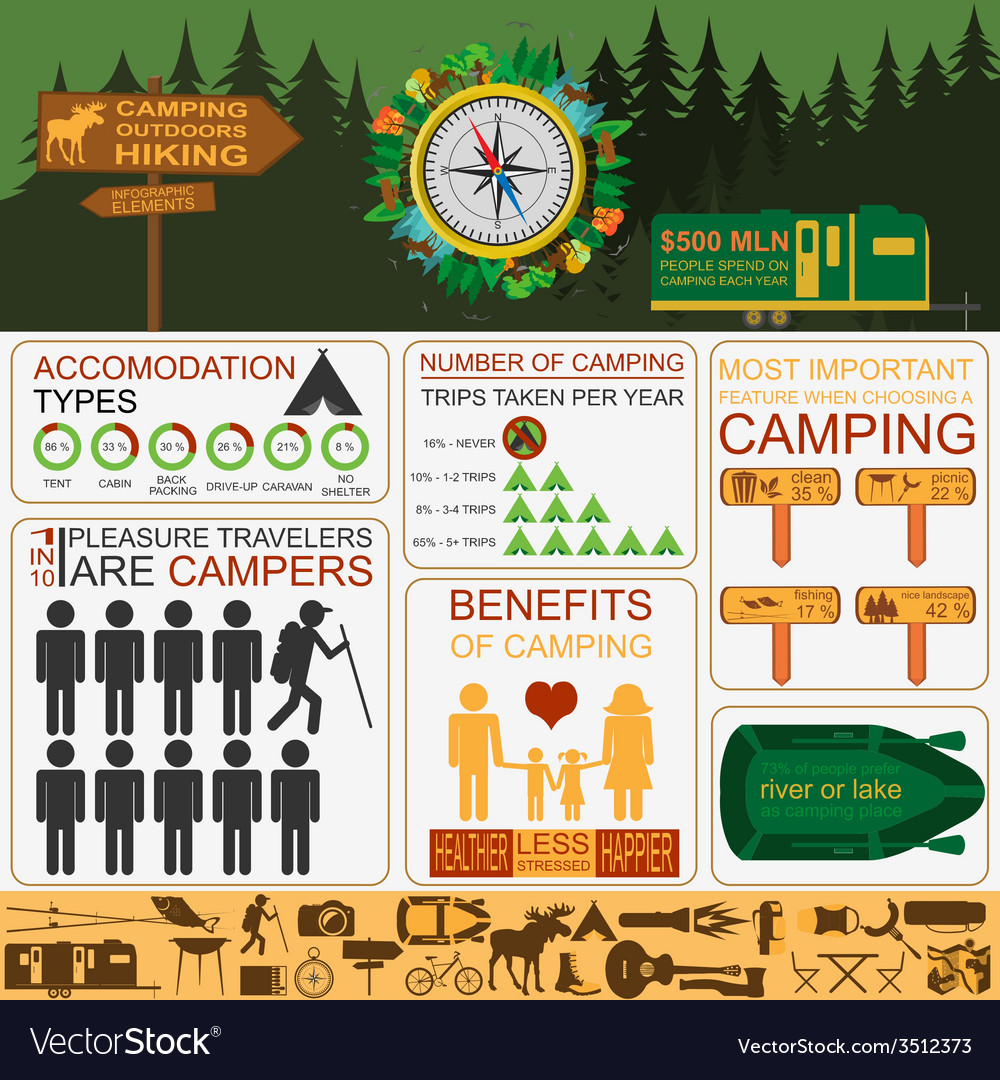Selling Camping Tents And Effective Online Camping Tents Profit Venture Marketing Strategies
Selling Camping Tents And Effective Online Camping Tents Profit Venture Marketing Strategies
Blog Article
The History of Bell Tents
From the nomadic tribes of Central Asia to glamping sites around the globe, bell camping tents have ended up being a symbol of rustic adventure. Their iconic shape and sizable insides produce an ambiance that is both comfortable and magnificent.
What are the 4 types of tents?
Their origins can be mapped to army camping tents developed by Henry Hopkins Sibley, who patented the conical canvas sanctuary in 1856. The layout was based upon the Native American teepee and was designed to be conveniently constructed, long lasting and portable.
Origins
The bell tent has actually been a staple for exterior lovers because the 19th century. The design is rooted in army camping tents that saw service in the Crimean War, and later on ended up being popular with precursor teams across America. The American Sibley tent was a version of the European bell camping tent. Its creator, Henry Hopkins Sibley, took inspiration from the Indigenous American tepee when producing his version. His version integrated a single facility post, elevated larger walls and an airing vent cap that permitted smoke from the cooktop to get away.
Today, contemporary canvas bell tents supply a feeling of luxury for camping fans and are a prominent choice for glamping hideaways. With a large interior and an eye-catching form, these camping tents can be adorned with furnishings and design to create a comfortable and intimate setting for passengers. The circular design additionally helps with wind resistance and allows for flexible indoor layouts. The less complex layout with less poles and stakes makes it less complicated to set up camp and transport to different locations.
Army Use
The Bell Tent was a home-away-from-home for several soldiers in the 18th century. It was used on the battlefield along with for command centres and field hospitals.
Its capability to be rapidly established in a selection of objective scenarios permitted it to function as an efficient shelter and work area. Its modular design indicates it can broaden or contract to fit the requirements of different sized groups and objectives.
In addition, it can be quickly carried making use of a series of automobiles and manual transportation, making it a useful choice for army and rescue operations. Its lightweight, portable nature also makes it easier for soldiers or rescuers to lug and hike throughout complicated terrain to reach their objective site. This conserves valuable time and sources.
Glamping
With the rise of glamping, bell tents came to be popular as a lavish camping alternative. Their iconic shape produces an enchanting atmosphere and can be fitted with stylish home furnishings to add an additional touch of comfort to your outdoor camping experience.
In the 19th century, the armed forces adjusted the style to make it more long lasting and useful for usage on war zones and explorations. Animal hides were changed by canvas that had been treated with waterproofing representatives, allowing the bell outdoor tents to endure rough weather.
The bell outdoor tents's practicality unique camping gifts captured the attention of entertainment campers, and it promptly gained appeal as an outdoor tents for camping trips and other outside occasions. It is now a staple at shop outdoor camping sites, songs festivals, and eco-resorts, where it uses a mix of fond memories and elegance.
Layout
The bell camping tent's straightforward design stood out of recreational campers, and it soon came to be a staple among those that wanted to experience the outdoors stylishly. Today, you can locate these functional structures in camping areas and at glamping hideaways across the world.
The initial copyrighted version of the bell camping tent was created by Henry Hopkins Sibley during the American Civil Battle, attracting inspiration from Indigenous American tipis. He included a single central post, brief side wall surfaces, and a vented "cap" for smoke from a range to develop his cutting-edge tent.
Gradually, Sibley's layout improved with the addition of breathable canvas and other materials that enabled the tent to regulate its temperature level. Modern bell outdoors tents are made from a variety of materials, consisting of cotton and mixes with fire retardant fabric to minimize fire threats. Their spacious interiors are best for preparing furniture to create comfortable sleeping locations and lounge spaces. They are likewise light-weight and very easy to assemble, making them a terrific selection for newbies or anyone searching for a trouble-free outdoor camping experience.
How Much Does a bell tent weigh?
